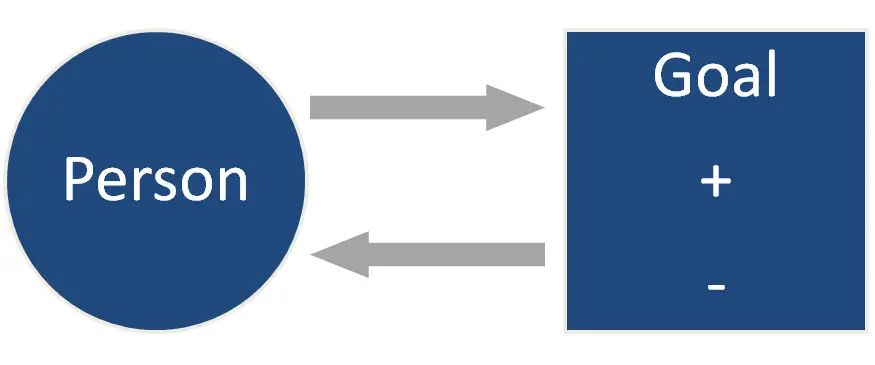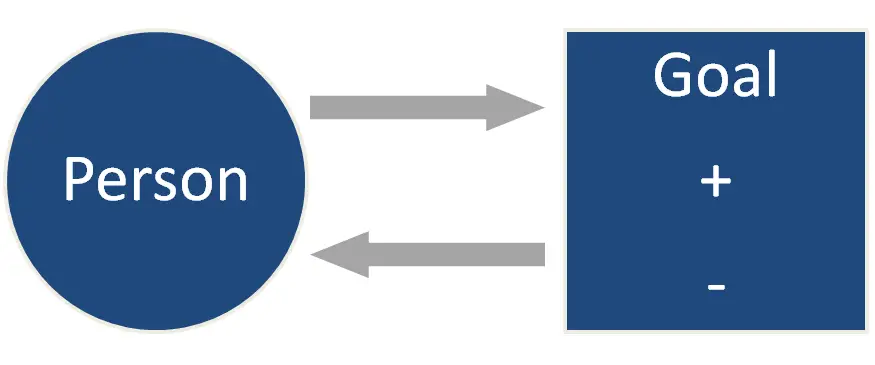In psychology, “A conflict is the anticipated frustration entailed in the choice of either alternative.” – Coleman.
The conflict that occurs within an individual and is affected by his motives is dubbed as Conflicts of Motives. This form of conflict occurs in an intrapersonal level.
Even if the concept is new to you, the phenomenon however is natural and occurs in everyone. We, as human beings, are often stuck and confused about whether or not performing certain actions. The urge to do something worthy or pleasurable is often directly opposed by the fact that it involves hard work or pain. The organism is then conflicted between two opposite motives.
The conflict doesn’t always occur between two opposing motives, and one may also feel torn between two different pleasures. Another circumstance may be that the individual is forced to choose between two pains. This is usually the toughest conflict where a logical person always chooses a lesser evil.
There are three major types of Conflict of Motives:
Approach-Avoidance Conflict

The type of conflict, in which, a person is both attracted and repulsed by the results of same stimulus or situation. For example, a man wants to marry for sexual gratification, but he denies to holding social responsibilities. It involves strong tendencies both to approach and to avoid the same goal. This can happen with desirable goals as well as things. In a more general term, it’s often called getting cold feet.
Approach-Avoidance Conflict also has another aspect to it, which is termed as Multiple Approach-Avoidance Conflict.

The term explains the same thing as the Approach-Avoidance Conflict, with only difference being in the number of valences. For example, a girl is to be married. She is looking forward to the marriage because of the positive valences like security, affection, etc. However, she has second thoughts because she will lose her job, salary, independency, which is the negative valences repellent to her, as it builds up tension in her. Similar situations can be pretty confusing, and normally, in these situations, an individual is most likely to make a decision by weighing the valences.
Approach-Approach Conflict

As the term suggest, a person is motivated to make two different approaches. The organism is forced to choose between two different desirable stimuli. In simple terms, this means choosing between two desirable goals, when only one among the two is available. For example, an individual is invited at two different parties and both of them are equally tempting, but he cannot make up his mind about which party to attend.
Avoidance-Avoidance Conflict

Putting it in a more general term, this conflict leads to choosing “the lesser of two evils”. This situation is continuously occurring in life, similar to the above two. For example, we may have to choose between finishing a job we intensely dislike or quitting and being called a failure. We wish we could avoid making a choice in such situations and still come out unaffected, however, that’s unavoidable. Although problems are momentarily solved, these situations often lead to stress and frustrations, causing a mental imbalance, and demand our action to restore the balance.




